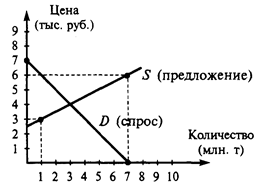ХIII. Try your hand at teaching
1. Arrange and run aconversation on the following text: The Only Way to Travel Is on Foot When anthropologists turn their attention to the twentieth century, they will surely choose the label " Legless Man". Histories of the time will go something like this: " In the twentieth century people forgot how to use their legs. Men and women moved about in cars, buses and trains from a very early age. The surprising thing is that they didn't use their legs even when they went on holiday. They built cable railways, ski-lifts and roads to the top of every huge mountain." The future history books might also record that we did not use our eyes. In our hurry to get from one place to another, we failed to see anything on the way. Air travel 0ves you a bird's-eye view of the world. Car drivers in particular, never want to stop. The typical twentieth-century traveller is the man who always says 'I've been there' — meaning, " I drove through it at 100 miles an hour on the way to somewhere else." When you travel at high speeds the present means nothing: you live mainly in the future, because you spend most of your time looking forward to arriving at some other place. But actual arrival when it is achieved, is meaningless. You want to move on again. The traveller on foot, on the other hand, lives constantly in the present. He experiences to present moment with his eyes, his ears and the whole of his body. At the end of his journey he feels a delicious physical weariness. He knows that sound satisfying sleep will be his: the just reward of all true travellers.
Arguments:
2. Think of some other arguments and counter-arguments to carry on the discussion. (See " Classroom English", Section IX.) XIV. A. Do yon know how to act sensibly when out in the wilds? If not, the text below might help you: If you are setting off on a walking tour, take a compass, a map and first-aid equipment with you. Even the most experienced can lose their way in the vast uninhabited areas. If you get lost don't lose your head. Instead be sensible, try to give some indication of where you are and keep yourself warm. And remember: never go off alone, and inform someone at your point of departure where you intend to go, and what route you intend to take.
|









